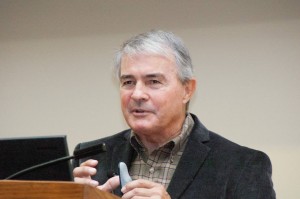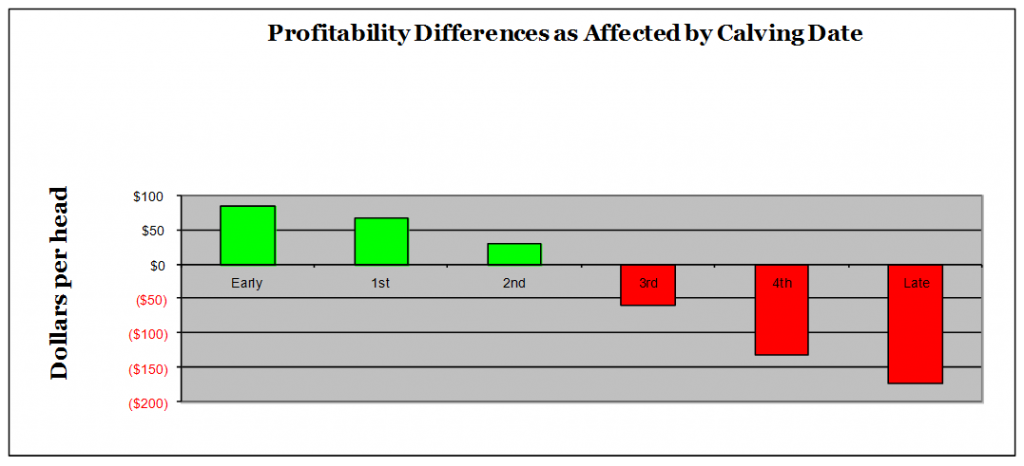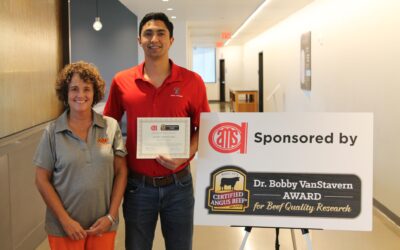
Reproduction matters, Part II
Today, I’ll continue with helpful advice from day 2 of the conference:
- Avoid reproductive failures. Sexed semen and embryo transfer (ET) are more advanced technologies, so how and when should cattlemen use them?

Donor and recipient management are crucial to a successful ET program. “The most common mistake in ET is selecting an old, dry, fat cow within the herd as a recipient female,” said veterinarian Brad Stroud. Donors, on the other hand, are in their peak production between 2 to 10 years old and when they have calves nursing.
Stroud also spoke on proper semen handling techniques: “Just because the straw is still frozen doesn’t mean accidental thermal exposure hasn’t happened to decrease fertility.” Eight to 10 seconds of exposure, even in the neck of a Dewar container, can damage a straw of semen. He encouraged a liquid nitrogen (LN2) bath for all inventory, cane breaking and transfer activities to protect viability.
- It’s not all about the female. Robert Wetteman, Oklahoma State University, said even short-term heat stress has long-term effects on bull fertility. The average time to recover normal sperm motility after heat stress is six to eight weeks. Do an early and full breeding soundness exam of all sires, too, he said.
- Improving repro rates takes focus. “Culling open cows is not a selection for fertility,” said Matt Spangler, University of Nebraska. “Breeders need to actively select traits to improve, not just remove bad ones.”
- Build with the best. To avoid propagating genetic defects producers need targeted management of carrier and potential carrier animals when retaining females. Allison Van Eenennaam, University of California-Davis, showed how to use DNA information to help. “Computerized mating programs avoid breeding recessive carriers but keep the genetic merit of those animals,” she said.
DNA parentage tests can also indicate bull all bulls pull their weight,” Van Eenennaam said. “The average progeny by natural-service bulls in the study was 20, but some sired zero, others sired more than 20.”
- Replacement heifers must calve early. Rick Funston, University of Nebraska, said it takes the profit of two early-calving cows to cover the loss of one late-calving one. Current cow inventories aren’t sustainable and challenge the infrastructure of the industry, he said, noting the importance of not only herd rebuilding but doing so with emphasis on reproductively sound females.
Marbling (and management to increase it) is generally the first topic we share information on as we look to increase Certified Angus Beef ® supply. But that starts with more pregnant females and subsequent calves on the ground. Improving that factor is good for you and good for us.
– Katy
For complete coverage of the conference, including PowerPoint presentations and audio, click here.
You may also like
Nebraska Ranch Receives Certified Angus Beef Commercial Award
Troy Anderson, managing a Nebraska ranch, focuses on breeding thriving maternal cows that will grade premium Choice and Prime, while respecting livestock, people and land. Anderson Cattle receives the 2023 CAB Commitment to Excellence Award. Their journey includes improving genetics, feeding home-raised and purchased calves and using data for better breeding decisions, all with a bottom-line approach.
Everything They Have
Progress is a necessity on the Guide Rock, Nebraska, ranch where Troy Anderson manages a commercial Angus herd, small grower yard, his 10-year-old son, and a testing environment. Troy’s approach includes respect for his livestock, people and land. For that, Anderson Cattle was honored with the CAB 2023 Commercial Commitment to Excellence Award.
Certified Angus Beef Recognizes Beef Quality Research
First-place honors go to Andres Mendizabal, an international student pursuing a Ph.D. in animal science at Texas Tech University. His research is titled, “The Accuracy of USDA Yield Grade and Beef Carcass Components as Predictors of Red Meat Yield.”





